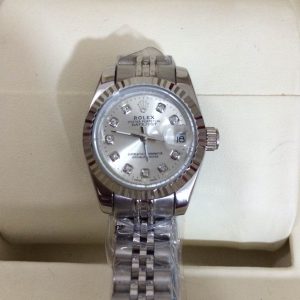The New Limited All-Black Edition of Breitling Replica Watch
A new limited black steel version has been launching. Made in an issue of 1,000 pieces, it is the amusement of one of the well-known historical replica watches made by replica Breitling, the model became the first-ever wrist chronograph in space. During his mission in 1952, Scott Carpenter wore the archetype model which was based on when he became the second American to track the Earth. After half a century, in 2012, Breitling presented the remake of the watch. This year, the model is obtainable in a steel casing with black PVD treatment.
At the first sight of the dial, the watch is characteristic for its 24-hour scale that was initially demanded by Carpenter. Not like on the Earth where one can make use of a 12-hour dial without any problems by easily looking if it is night or day, this could be confused to an astronaut in space. It shows the reason why Carpenter demanded such a timekeeper. Breitling Replica abided by the appeal and a Navitimer, later known as Cosmonaute, was born. The recreated version revealed last year preserves this trait, in addition to a bidirectional bezel with a slide rule that permits the wearer to calculate diverse data. At last, the chronograph feature of the original is the same present. Concerning the facade, the novel Blacksteel version does not permit a lot of choices. In effect, it is obtainable only with a black dial and a black Ocean Racer rubber strap. 
After the first one, the contemporary edition of the Navitimer Cosmonaute has been born 50 years, the new watch traits many distinctions. The most prominent of them is the attendance of replica Breitling proprietary movement. It is a hand-wound caliber, rooted in the brand’s primary current internal caliber. It functions at the watchmaker’s average frequency of 28,800 vph and affords auxiliary power which sustains for 70 hours. The watch traits a solid screw-in case-back that is a different rare feature for a watch by Breitling. The case only has the basic water resistance to 30 meters. The watch has a diameter of 43 mm and a thickness of 13.85 mm, which with a cambered sapphire crystal with double anti-reflective treatment. 























